In today's summary:
- In Bakhmut, Ukrainian forces maintain a presence on the western edge of the city;
- New sabotage on the railway in the Bryansk region the day after the previous one;
- The Russian attack on Pavlograd most likely hit rocket fuel destined for disposal;
- Fragments of a Russian rocket were found in Poland, which probably flew there unnoticed back in December 2022;
- Yevgeny Prigozhin and US National Security Council spokesman John Kirby talk about the losses of Russians;
- There is evidence of Ukrainian military training to overcome the strips of concrete barriers (the so-called "dragon's teeth");
- The British Ministry of Defense is going to purchase missiles with a range of up to 300 km for the Armed Forces of Ukraine;
- In the war zone, ancient Russian tanks T-62 and T-54/55 were noticed without visible signs of modernization.
The situation at the front

The commander of the Eastern Group of the Armed Forces of Ukraine, Alexander Syrsky, said that in Bakhmut they managed to push the Russians back from some positions:
Intense hostilities continue in the Bakhmut direction. The enemy carried out numerous attacks, trying to break through the defenses of our positions in several directions. However, thanks to the stamina and courage of the defenders of the fortress, the actions of the enemy failed.
However, photo and video materials circulating on social networks indicate that the Ukrainian Armed Forces maintain a presence only on the western outskirts of the city.
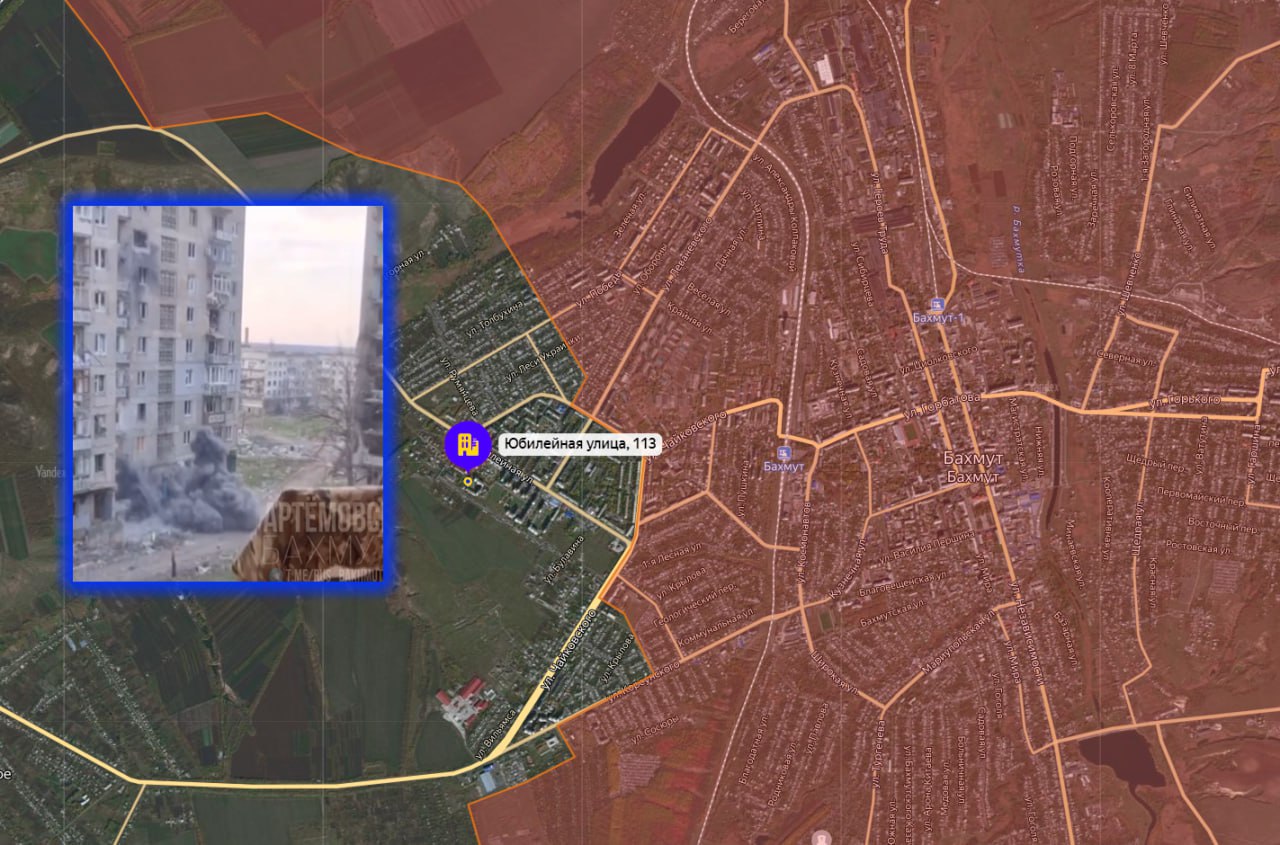
As military expert Alexander Kovalenko noted in an interview with The Insider, it is too early to talk about the loss of Bakhmut by the Ukrainian military:
The fact is that over the past 24 hours in the Bakhmut area, the Ukrainian defense forces have been able to implement several very interesting counterattacks. First of all, we are talking about the counterattacks that were carried out along Tchaikovsky Street. We are talking about the advancement of the Armed Forces of Ukraine to the intersection with Yubileina in the blocks to the south, which can be called a security buffer. All this only confirms that today it is too early to say that the battle for Bakhmut is moving into some kind of final stage.
Again, we are now still paying attention to the weather conditions, namely, that in the next two weeks in the Bakhmut area, abnormal downpours, which are usually quite rare this season, will stop, and the period of soil drying will begin. This, in turn, makes it possible to resume logistics along highways 0504 and 0506, which have not yet been cut, and to increase support in locations where the defense is held by fire on the positions of the Russian occupation units.
In addition, a very important point – from the north and south, the Russian command was forced to pull off a fairly decent potential of forces and means, weakening the flanks. The task of the Armed Forces of Ukraine was to pull the serious potential of the Russian occupation units into this location and block their ability to conduct full-fledged offensive operations or even defense, and this actually succeeded, because Bakhmut is now the epicenter in the entire war zone and this is the hottest spot to which general attention is riveted . At the same time, Russia has no goals to achieve, there is only a waste of resources.
The representative of the Eastern Group of Forces of the Armed Forces of Ukraine Sergey Cherevaty said that in the Bakhmut direction, Russian forces number 25.6 thousand personnel, as well as 65 tanks, 450 armored combat vehicles, 154 barreled guns and 56 rocket launchers.
Telegram channels publish photos of German self-propelled artillery installations PzH 2000 of the Ukrainian 43rd artillery brigade in the Zaporozhye direction.



Attention is drawn to the large amount of viscous mud formed due to long spring rains, which still restrains the Armed Forces of Ukraine from active offensive operations.
Undermining the railway and sabotage on power lines
In the Bryansk region, for the second time in the last two days, a railway track was blown up, this time at the exit from the Fokinsky district of Bryansk. As a result, 20 wagons of a freight train overturned. This is reported by the Telegram channels "112" and Mash, the Shot channel publishes a video from the scene. The governor of the region, Alexander Bogomaz, confirmed that "an unidentified explosive device" went off near the Snezhetskaya station.
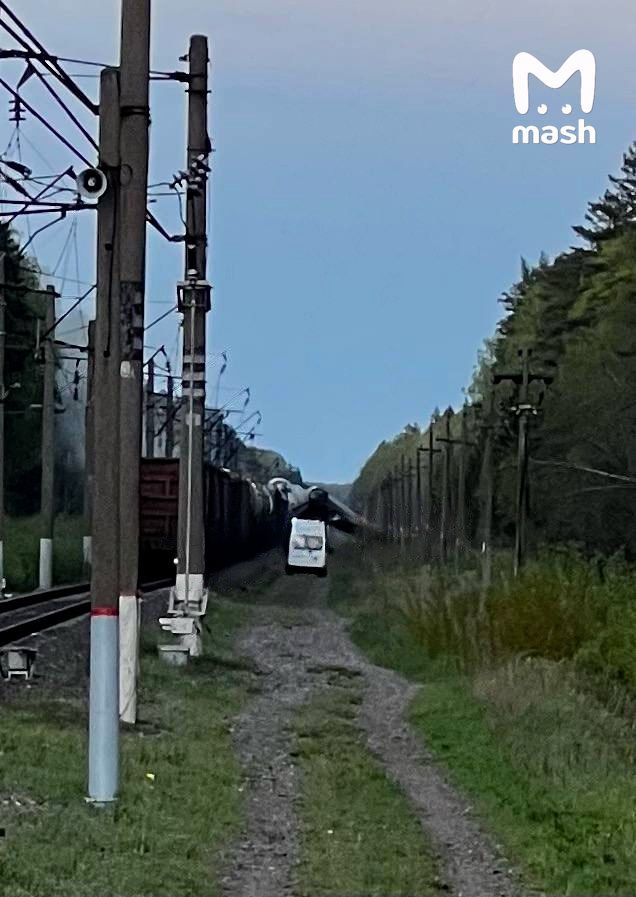
On the night of May 1, in the Bryansk region, after undermining the track, a freight train of 60 wagons with oil products and lumber derailed. As Bogomaz wrote in the Telegram channel, this happened in the Unechsky district at 136 km of the Bryansk-Unecha railway.
One of the local residents, according to Lenta.ru, said that two explosions were heard before the train derailed. The Russian Railways said that the locomotive and seven wagons derailed, and the cause of the accident was "the intervention of unauthorized persons." Traffic in the area, which is located about 60 km from the border with Ukraine, was stopped. The train belongs to the "Belarusian Railway" and followed from the Belarusian Gomel to Bryansk.
Also on the night of May 1, in the Gatchina district of the Leningrad region, unidentified people blew up a power transmission pole, and later found explosives under another pole. Governor Alexander Drozdenko announced this on his Telegram channel. He later wrote that "the threat of undermining the second pillar of the power line has been eliminated." Drozdenko specified that as a result of the incident, power supply to settlements and civil infrastructure did not stop, the network was switched in automatic mode.
Mutual shelling
On May 1, the Russian Aerospace Forces attacked the village of Lizunovka, Chernihiv region, with adjustable air bombs. This settlement is located about 19 km from the border with Russia. One child of 14 years old was killed, two people were injured.
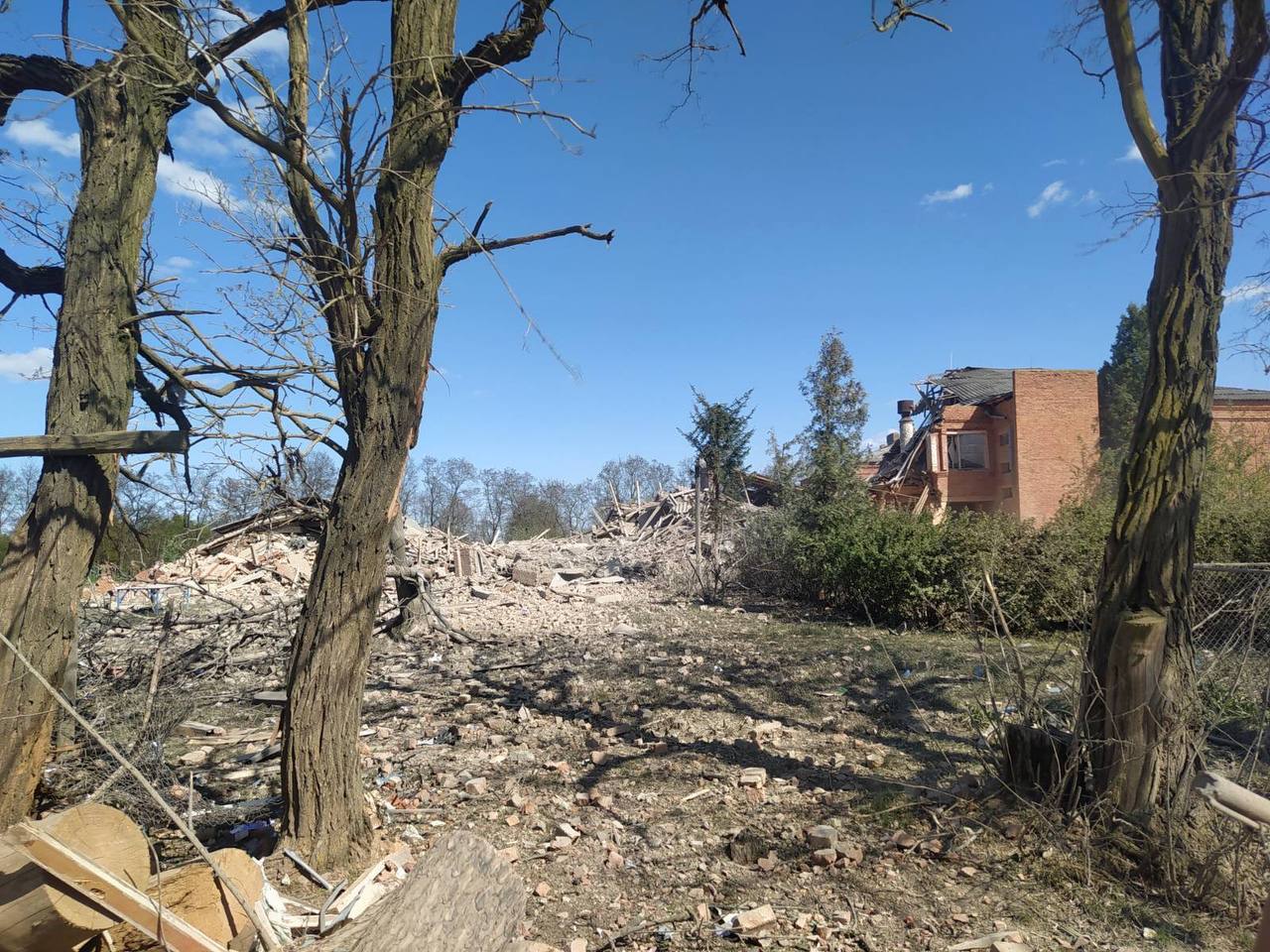
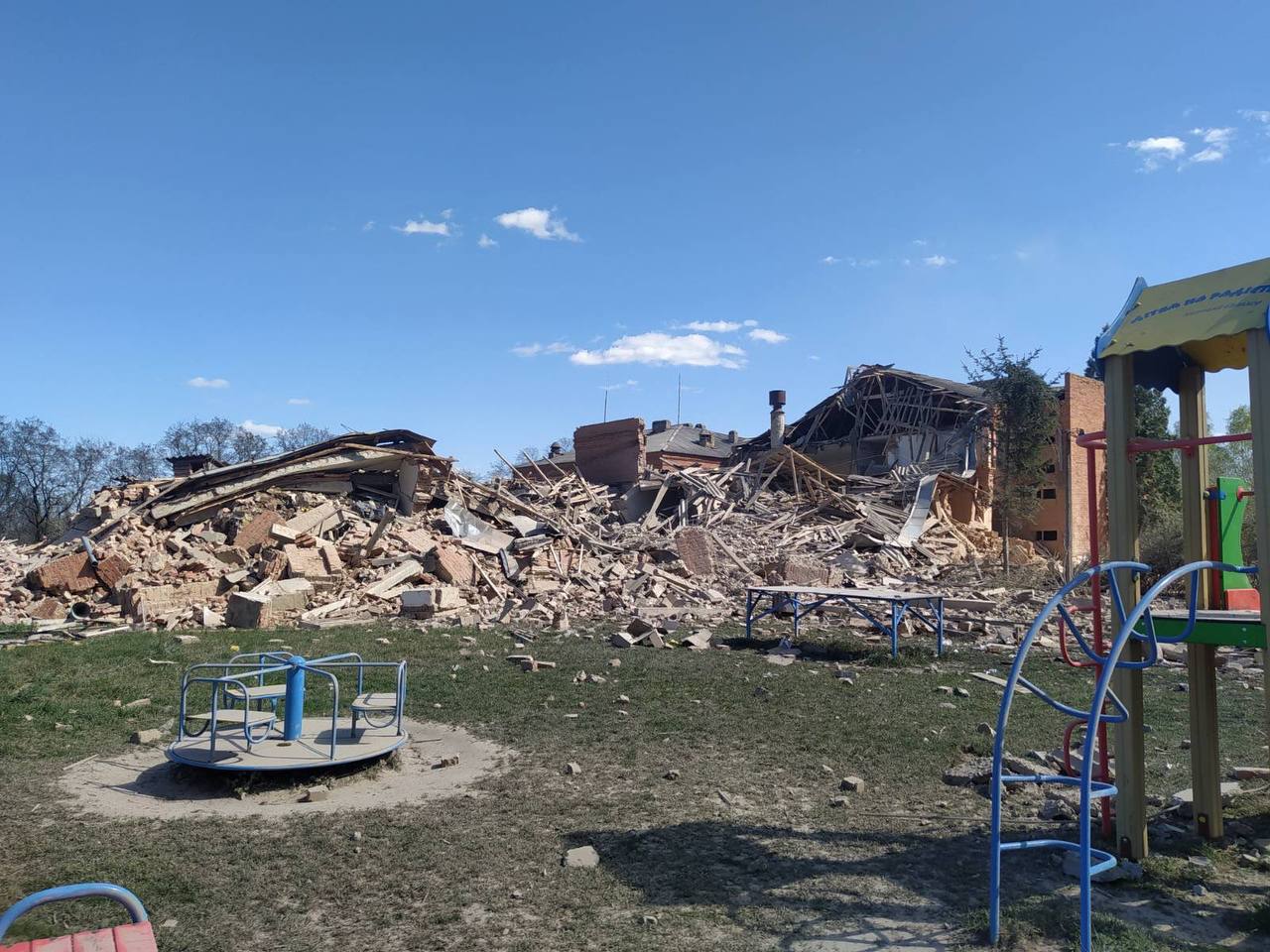
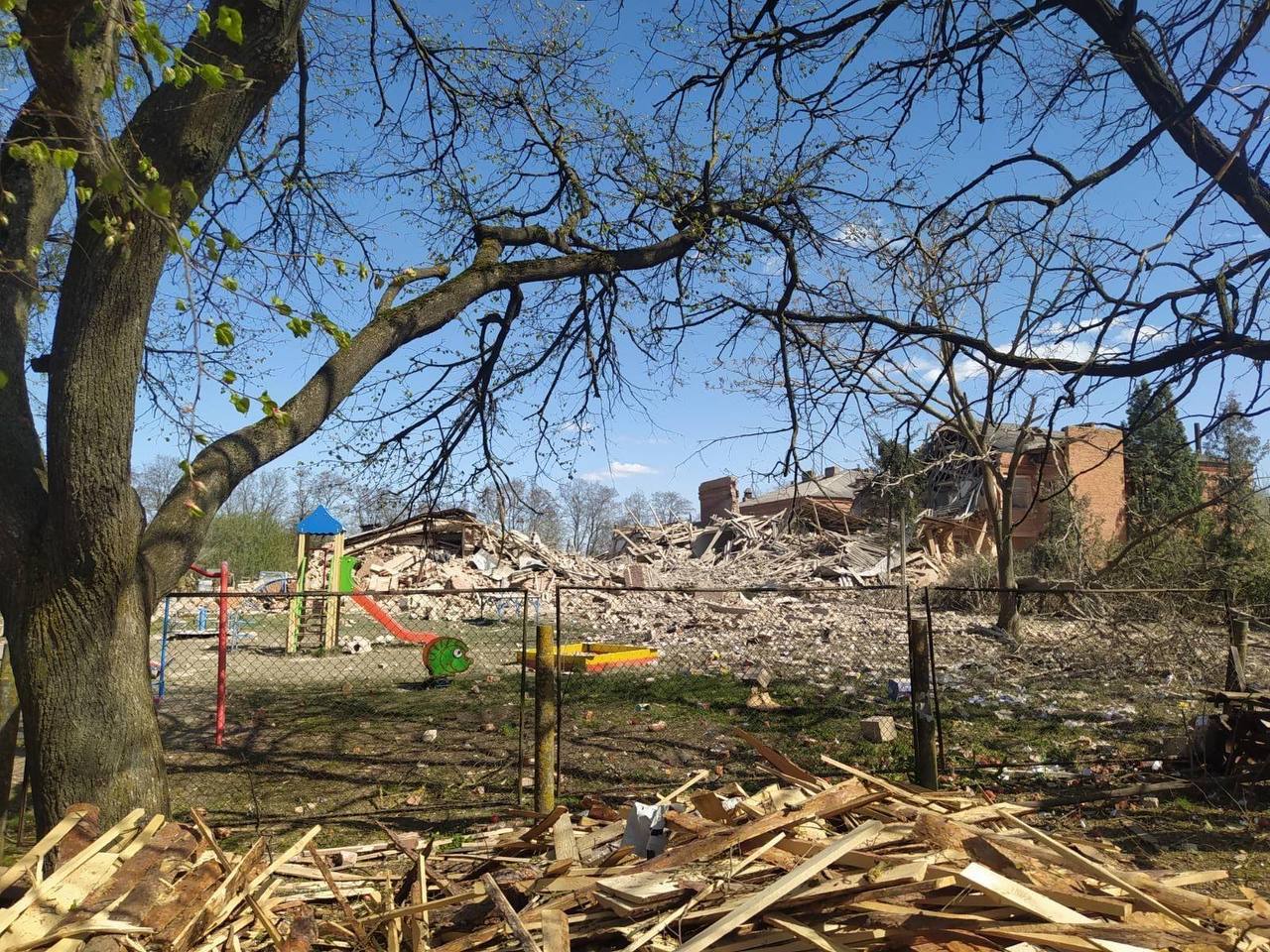
Since the full-scale invasion of Russia in Ukraine, 478 children have already died, the office of the Prosecutor General of Ukraine said on Tuesday. 960 children have been injured since the beginning of the war.
The Russian shelling of the city of Pavlograd (Dnepropetrovsk region) most likely hit a military-industrial complex enterprise, and not an ammunition depot or a railway junction. It is quite likely that we are talking about stockpiles of solid rocket fuel for Soviet ballistic missiles intended for disposal.
As the BBC Ukrainian Servicewrote in 2020, more than 1,800 tons of rocket fuel were stored on the territory of the Pavlograd Chemical Plant, which should have been disposed of back in the 2000s, but Ukraine was unable to do this due to lack of funding.
According to the geolocation of one of the aftermath videos by analyst Oliver Alexander, the explosion took place in the area of the chemical plant, and not the railway station, where Ukrainian ammunition or equipment could be located, being transferred to the east for the upcoming counteroffensive.
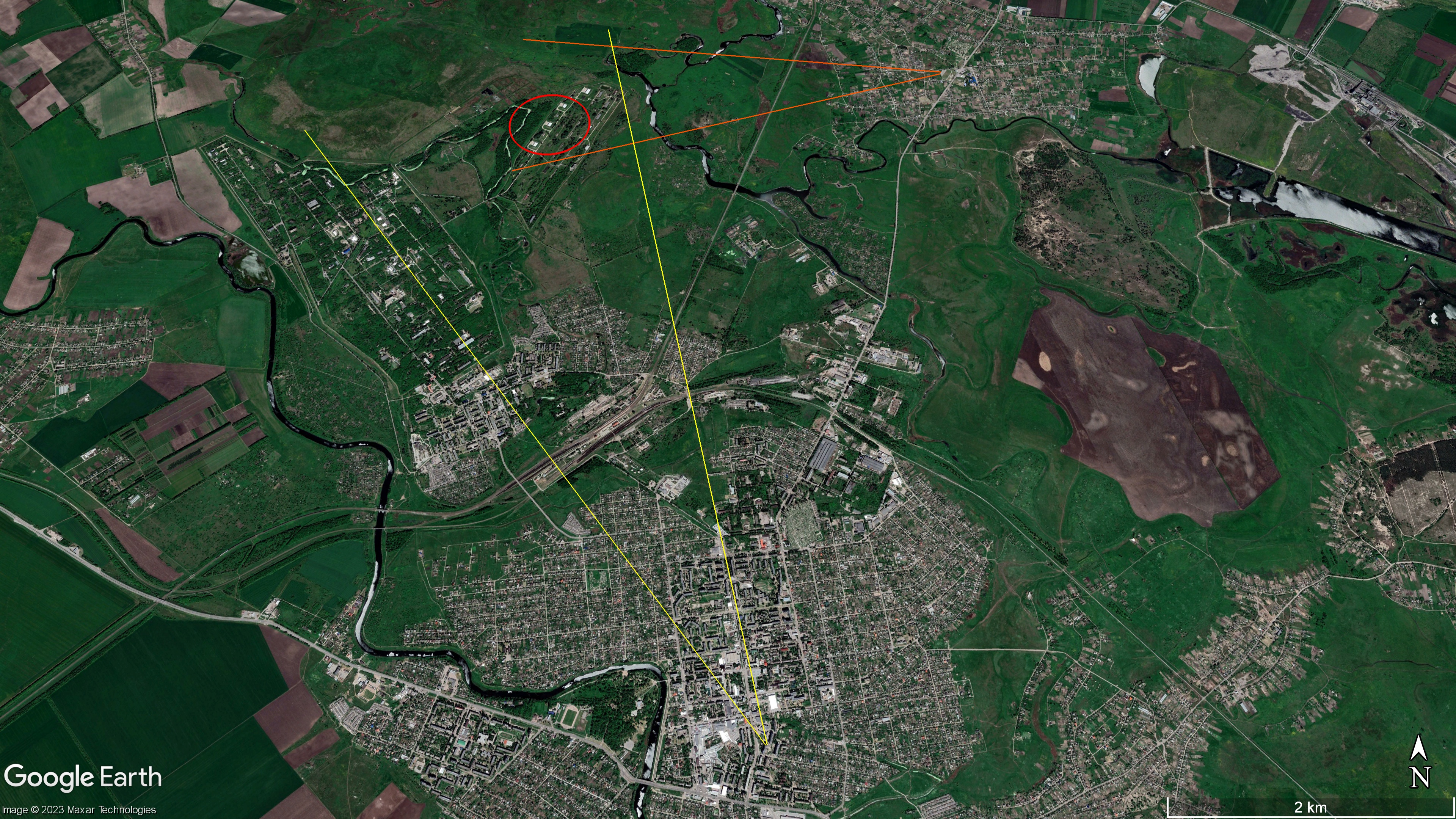
The Russian Ministry of Defense reported on the strike on the objects of the military-industrial complex. Indeed, the Pavlograd Chemical Plant produced solid propellants for Ukrainian missile systems such as Alder, Neptune, Grom, etc., although they play a very limited role in the Russian-Ukrainian war.
As a result of the strike on Pavlograd, two people were killed and 40 more were injured. There are 5 children among the victims, the youngest girl is 8 years old.
Pro-Russian Telegram channels draw attention to the fact that, according to Ukrainian media reports, at least two servicemen of the National Guard of Ukraine were also killed during the strike on Pavlograd. In itself, this does not indicate a hit, for example, on a military base or a temporary deployment point: in Ukraine, the National Guard is engaged, among other things, in the protection of various sensitive facilities, which, for sure, is a defense enterprise.
The Air Force of the Armed Forces of Ukraine reported that on the night of May 1, they managed to shoot down 15 of the 18 Kh-101 / Kh-555 missiles launched.
The story of rocket fragments found in Poland at the end of last week has taken an unexpected turn. According to the latest information, an X-55 cruise missile was found near the city of Bydgoszcz. It is possible that the rocket went off course during launch on December 16, 2022, flew to Poland and fell there unnoticed.


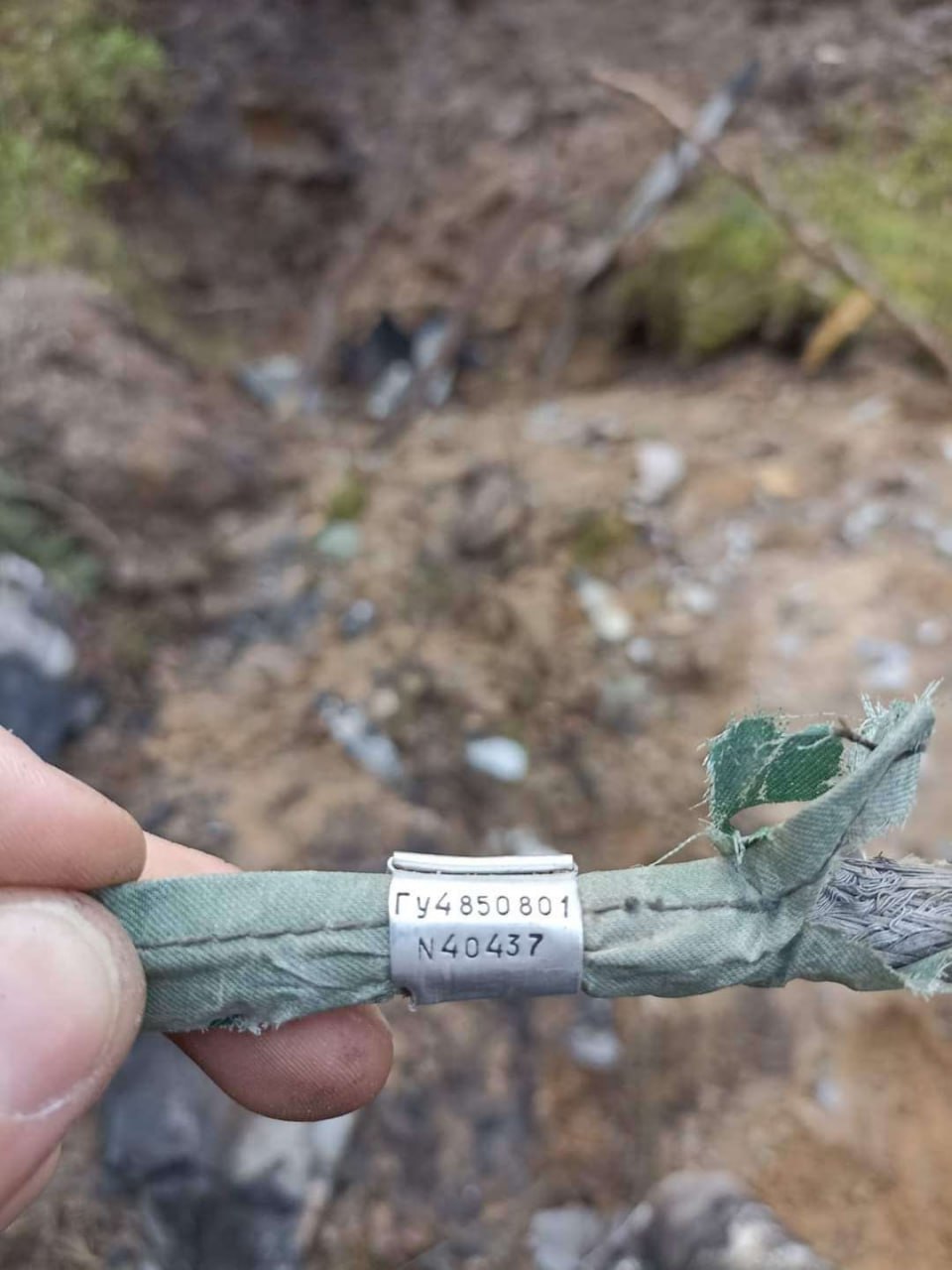

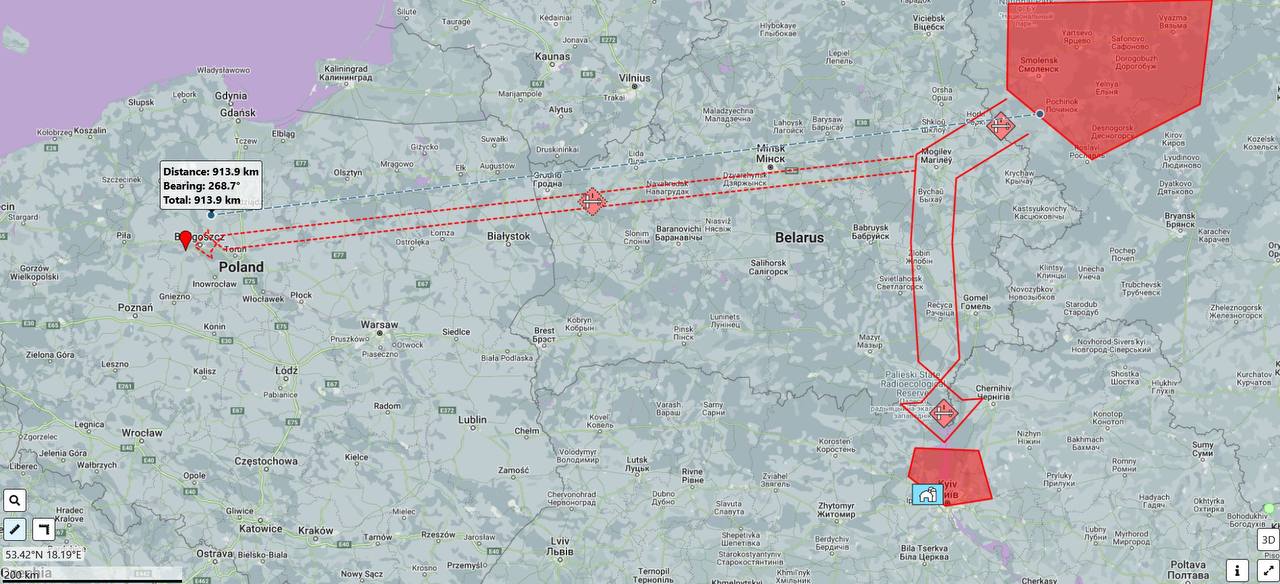
The photos and videos published by the media show the wreckage and the landing site, and it is noticeable that the rocket did not explode – there is no crater and serious damage to the trees. This may indicate that the missile was launched without a warhead, for example, it could be launched to detect or divert Ukrainian air defense systems.
The "Schemes" project of the Ukrainian edition of "Radio Liberty" published satellite images of an oil depot in occupied Sevastopol after a powerful explosion that occurred on April 29. The oil depot is located between the Cossack and Kamyshova bays. Planet Labs satellite photos show several burned-out tanks, where oil products were probably stored.


In a comment to Schemes, an expert from the Center for Defense Strategies, captain 1st rank of the reserve Andrey Ryzhenko said that the tank farm belongs to the Black Sea Fleet of the Russian Federation. According to him, there are at least three such tank farms in Sevastopol. On the other hand, The Lookout, a twitter analyst specializing in naval matters, believes that the oil depot was civilian, that is, it had nothing to do with the Black Sea Fleet – which, however, does not remove the status of a legitimate military target from it.
Losses
After another round of media confrontation with the Russian Ministry of Defense, one of the founders of the Wagner PMC, Yevgeny Prigozhin, began to report on losses on a daily basis. According to him, on April 29, the mercenaries advanced in Bakhmut by 100-150 meters, losing 94 people killed, on April 30 – by 230 meters, losing 99 people, on May 1 – by 120 meters, losing 86 people.
It turns out that the losses publicly declared by Prigogine are up to a hundred people only killed about 100 meters forward. This is certainly less than some earlier Western estimates , but still gives a figure of about 2,700 killed per month.
Prigozhin argues that if it weren’t for “the near-war bureaucrats who limit the amount of ammunition received by PMCs, creating an artificial shortage of shells”, then the losses of the Wagnerites would be five times lower.
Prigozhin's statements about the lack of shells are indirectly confirmed by a document published by one of the Russian Telegram channels, which is a certificate of ammunition allocated by the Wagner PMC over the past two months. The document was published with the comment “Prigozhin, with his statements, is trying to escalate the situation around the supply of weapons,” but if the data in the document is correct, then we can compare, for example, the total number of shells for multiple launch rocket systems and for tanks (20,057 and 13,727, respectively) with the number corresponding equipment near Bakhmut, announced by the Ukrainian side (56 tanks and 65 MLRS), and by simple calculations to establish that in the last two months the Wagnerites had to be content with approximately 6 missiles per installation and 3-4 shells per tank per day.
US National Security Council spokesman John Kirby said that the total losses of Russian forces in Ukraine since December 2022 are 100,000 people, of which 20,000 have died. About half of the dead, according to American data, fall on Wagner PMCs. Earlier, an erroneous version of Kirby's words that all these losses were recorded in the Bakhmut area was distributed in the media.
Recall that in the leaked secret documents of the Pentagon it was said that as of March 1, the total losses of Russia in the war in the dead were estimated in the range from 35 to 43.5 thousand, and Ukraine – 16-17 thousand.
Meanwhile, Russian Defense Minister Sergei Shoigu continues to voice information about the losses of the Ukrainian side, which is difficult to consider reliable even with some tolerances, given that the fighting is still concentrated in the Bakhmut area and several other settlements where the Armed Forces of Ukraine are defending themselves. According to Shoigu, over the past month, Ukrainians have lost 15,000 people, 430 tanks and other armored vehicles, 277 unmanned aerial vehicles, 225 field artillery pieces and mortars, 18 MLRS combat vehicles and 8 aircraft.
Armaments and military equipment
Germany confirmed the transfer of the second IRIS-T air defense system to Ukraine. This is stated on the website of the government of the country. Also in the last week, Ukraine received eight Zetros trucks and two 8×6 forklifts with eight containers from Germany. In total, Berlin has already handed over 84 Zetros trucks, but the batch of forklifts was the first. In addition, German Chancellor Olaf Scholz said that Ukraine will be able to receive ammunition for the Gepard ZSU in August.
The first photos of American 127-mm unguided Zuni rockets suspended on Ukrainian Su-25 attack aircraft have appeared.
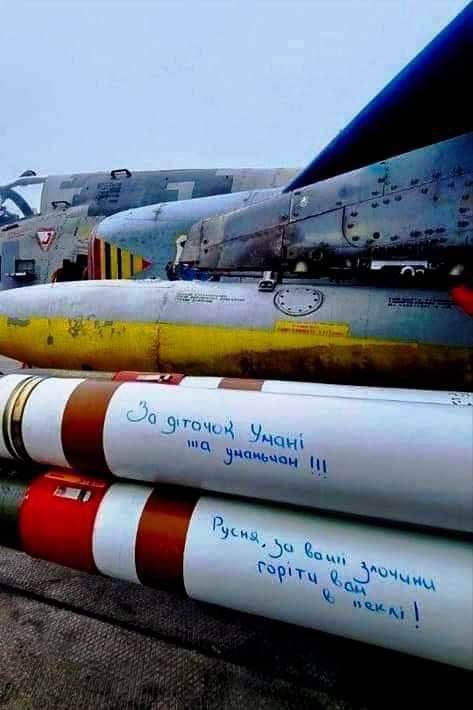

And the first photos of the BM-21MT MLRS combat vehicles transferred by the Czech Republic on the Tatra chassis.
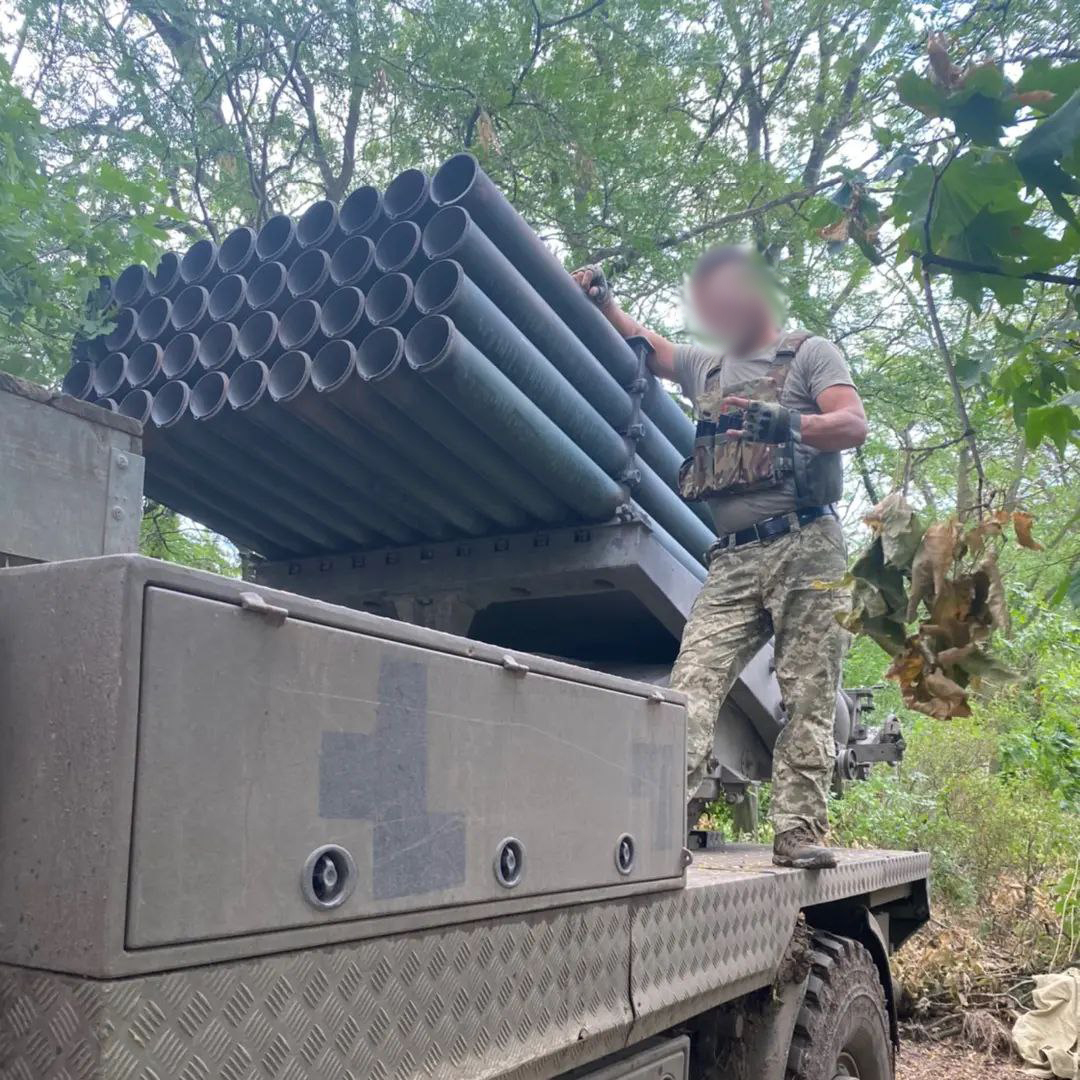
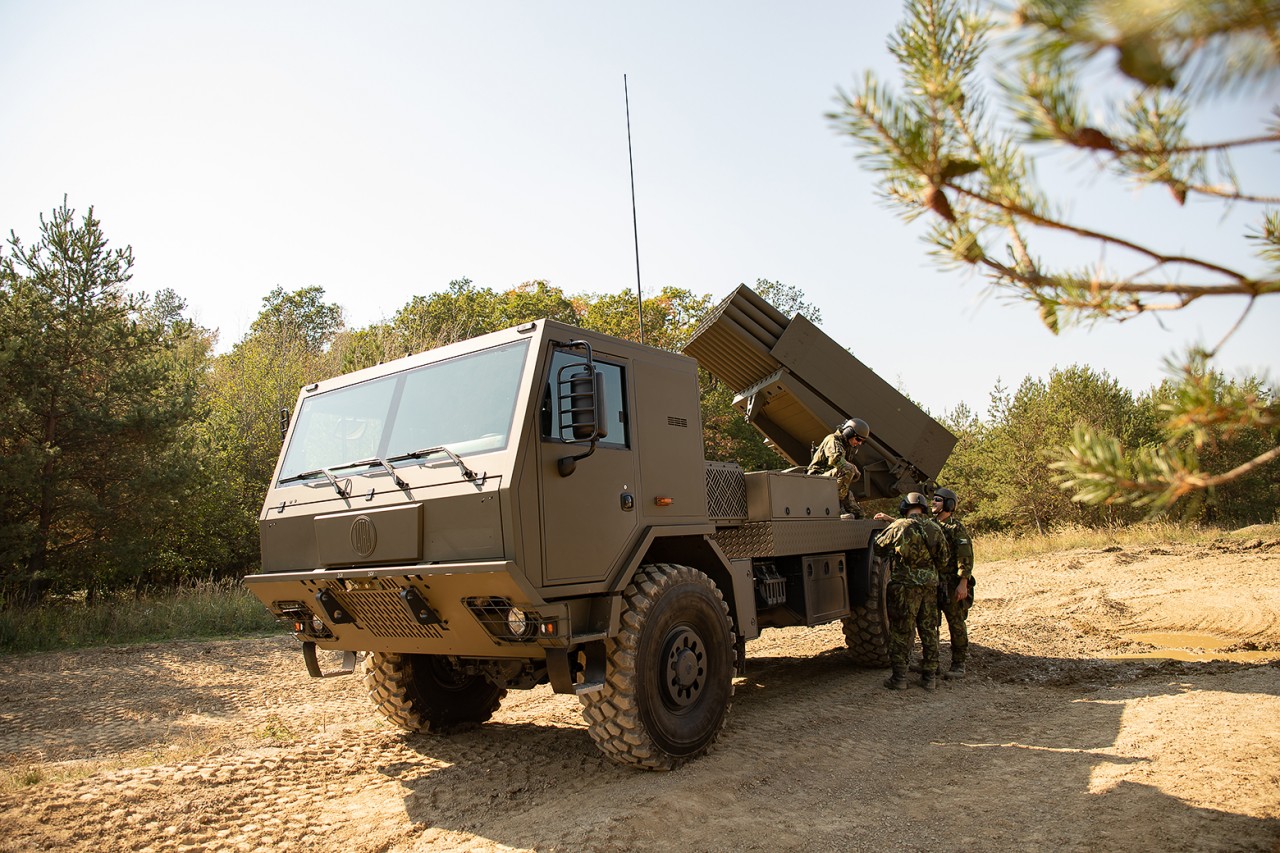
Also, a video with the training of Ukrainian crews on the recently received German Marder 1A3 infantry fighting vehicles was distributed on social networks. As far as one can judge from the published footage, among other things, the overcoming of the strips of concrete obstacles, known as "dragon's teeth", which are placed in large numbers on Russian defensive lines, is being worked out.
The UK Department of Defense has published a request for information on the purchase of military equipment intended for the supply of the Armed Forces of Ukraine within the framework of funding from the Ukraine Support Fund. The total amount of the fund is more than 520 million pounds. Of this amount, 200 million pounds have already been allocated, including for the supply of UAVs and reconnaissance and air defense systems to Ukraine, as well as spare parts for the available equipment of the Armed Forces of Ukraine.
Judging by the request of the British Ministry of Defense, the second round of applications for funding from the fund (Urgent Bidding Round 2) is now underway, and requests for information have been published in two areas: long-range strike systems and ensuring the mobility of troops, with applications due by May 4 and 9, respectively. It is noteworthy that the requirements for a "long-range strike system" describe a land-based or sea-based system with a payload of 20 to 490 kg and a range of 100 to 300 km.

According to Ukrainian Foreign Minister Dmitry Kuleba, several countries have agreed to train Ukrainian pilots on F-16 fighters, but this still needs to get US approval.
The Danish Parliament supported the allocation of a $250 million military aid package to Ukraine. It will include MRAP-class armored vehicles, ammunition, field bridges, ARVs and many other equipment.
In the area of Berdyansk, T-62 and T-54/55 tanks were seen on trawls without traces of any noticeable modernization. Apparently, the tanks are supposed to be used as artillery pieces or firing points on fortified defensive lines.
Against the background of the delivery of "bare" tanks, released 50-60 years ago, to the combat zone, questions are raised by Sergei Shoigu's statements about an increase in the number of purchased main types of weapons by 2.7 times, and in the most popular categories by 7 times compared to the beginning of the past of the year. Shoigu also said that the daily number of repaired equipment exceeds the failed one by a ratio of three to two, and the number of faulty equipment to be repaired has decreased by one and a half times.
About the main events of the war on April 28 – in the previous report: “Dozens of those killed as a result of a Russian strike on a house in Uman, Khusnullin is already “building up” Bakhmut. What's happening on the front line .


